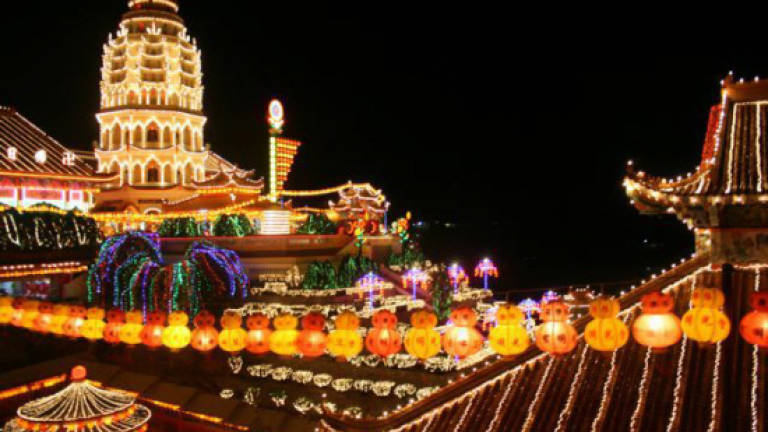Becoming a World Heritage Site

TWO weeks ago, this column focused on the rich cultural history of George Town and its importance as a Unesco World Heritage Site, celebrated every year on July 7. This week, it looks at some of the history behind the establishment of the city as a heritage site.
Today, Penangites, especially businessmen, property owners and political leaders, enjoy and celebrate the benefits that come with being a World Heritage Site. But little has been written about the efforts and the people who contributed to the conservation of old bungalows, shophouses and colonial buildings in George Town, and helped build the present ambience of the city.
George Town was established by Francis Light of the British East India Company in 1786. For 171 years until independence, George Town was under the control of the East India Company and the British colonial government, apart from three years and eight months of Japanese Occupation during World War II. As a key hub of straits settlements trade during British rule, its economy and population grew throughout much of the 1800s.
At that time, there were no restrictions on migration. Many of the early migrants came to Penang with nothing more than a small bundle of belongings. But they came from places with long histories of cultural and religious practices. The ones who stayed and found success here built beautiful and iconic houses not only for themselves and their families but also for the gods they worshipped and their clan associations. Immigration and intermarriages also resulted in unique culture practices such as the Baba Nyonya.
However, after independence in 1957, the city struggled. For 30 years between the 1970s and the 2000s, with the growth of Kuala Lumpur as Malaysia's capital and economic centre, the population of George Town decreased from its peak of 270,000 in 1970 to 181,000 in 2000.
During that time, the built environment of George Town was not well maintained. Apart from religious houses, many buildings were neglected. The main reasons were slow economic growth and high unemployment.
In the 1980s, Lim Hooi Siang, Laurence Loh, Zainal Abidin Ahmad Shariff, Tan Yee Noon, Alex Koenig and myself formed an informal group to discuss the need to preserve the rich heritage of Penang. We convinced the Penang Island Municipal Council (MPPP) to hold a conference on the importance of urban conservation.
An International Conference on Urban Conservation and Planning was held in Komtar, Penang on June 23 and 24, 1986. The conference was organised by a joint committee of the MPPP and the Malaysian Institute of Architects (PAM), chaired by Lakhbir Singh, the Municipal Secretary, and Laurence Loh, the chairman of the Northern Chapter of PAM.
Then chief minister Tun Lim Chong Eu said in his opening speech: "I believe that urban conservation is a sensible and generally acceptable principle of town planning. In planning for the future, the state government is fully aware of the need to conserve the heritage and legacy left behind by the pioneers of development in the state and its responsibility as a custodian for future generations."
Speakers at the conference comprised local architects, planners and conservationists as well as those from other countries, including Germany, Australia and Singapore. The presence of many foreign speakers highlighted the widespread importance of the themes of the conference and the significance of George Town to the international community.
Indeed, interest and attention from the international community was an important factor in becoming a World Heritage Site. German national Koenig was instrumental in getting two European conservation experts to come to Penang to work together with the MPPP to identify heritage buildings and lay the groundwork for further actions. Koenig himself was appointed an officer in the MPPP for two years, and played a large role in having MPPP officers visit conservation sites and towns in Europe, especially in Germany.
George Town, along with Malacca, was inscribed as a World Heritage Site on July 7, 2008. But the efforts to get there started more than 20 years earlier with informal meetings that brought about the international conference in 1986, raising key issues on urban conservation and bringing attention to the city.
That conference was the catalyst that sparked further efforts by non-governmental organisations and other parties that eventually led to the decision by Unesco to recognise and honour the history and heritage of this unique city.
Datuk Dr Goh Ban Lee is interested in urban governance, housing and urban planning. Comments: letters@thesundaily.com